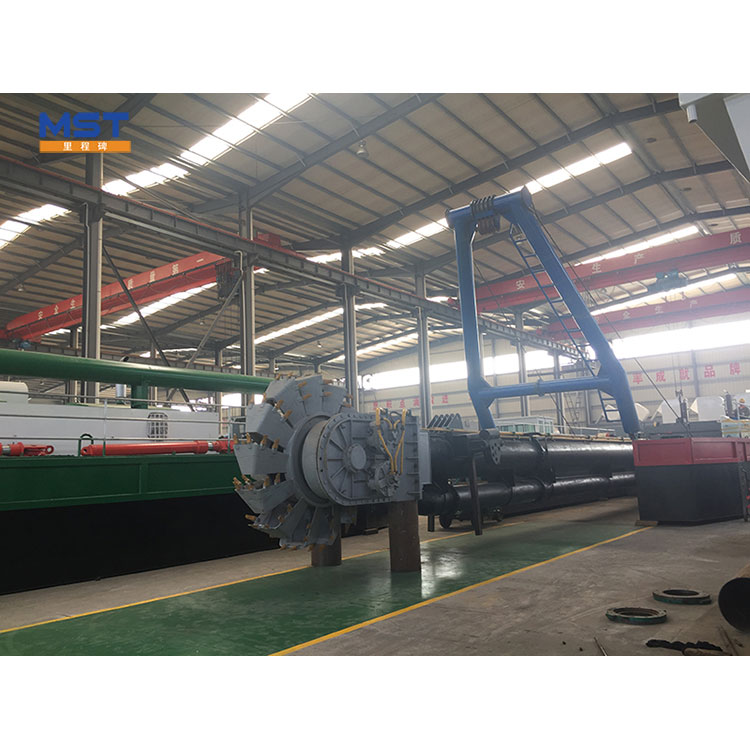General dredging method of bucket dredgers
2023-10-16
Bucket dredgers typically use vertical dredging (that is, dredging along the channel direction), which can be classified as downstream dredging, countercurrent dredging, strip dredging, segmental dredging, layered dredging, and other methods depending on the construction conditions.
(1) Under normal circumstances, the grab dredger should use downstream excavation to avoid colliding with the hull. In areas with low flow velocity or reciprocating currents, countercurrent construction is used.
(2) When the designed trench width exceeds the dredger's effective dredging width, the strip dredging method is used. The slitting principle is to slit from the center to both sides, with every adjacent two overlapping to prevent missed excavation; the maximum width of slitting shall not be greater than the dredger's effective working radius;
(3) The layered dredging method is used when the thickness of the mud layer exceeds the maximum dredging depth of the dredger grab. The layering principle states that the upper layer should be thicker and the lower layer should be thinner in order to improve dredging effect and ensure dredging quality.
(4) Sectional construction is required when the length of the trench exceeds the excavation length that the dredger can excavate by throwing the main anchor all at once. The section length is easily 60-70m.



